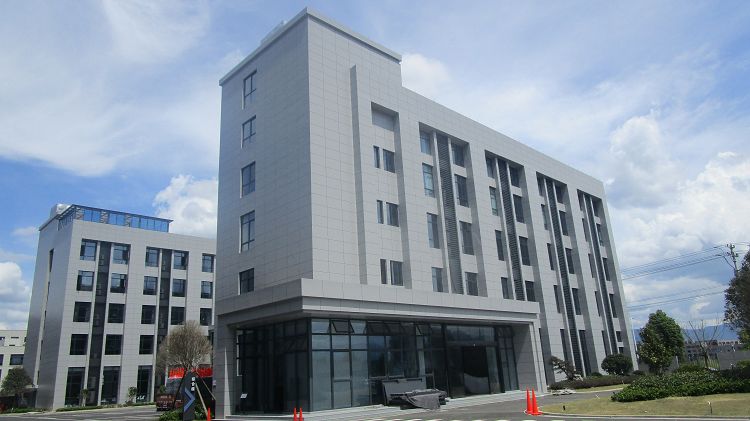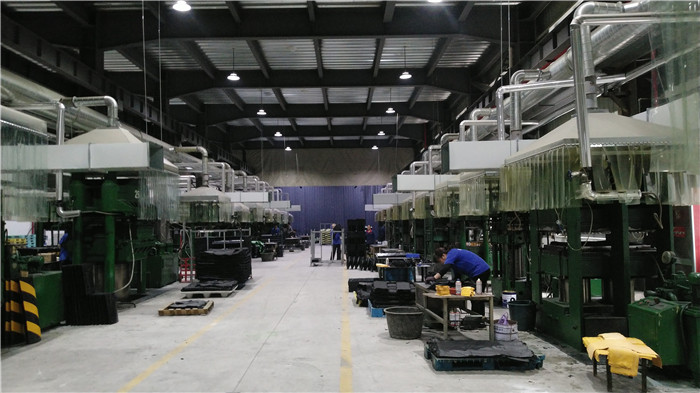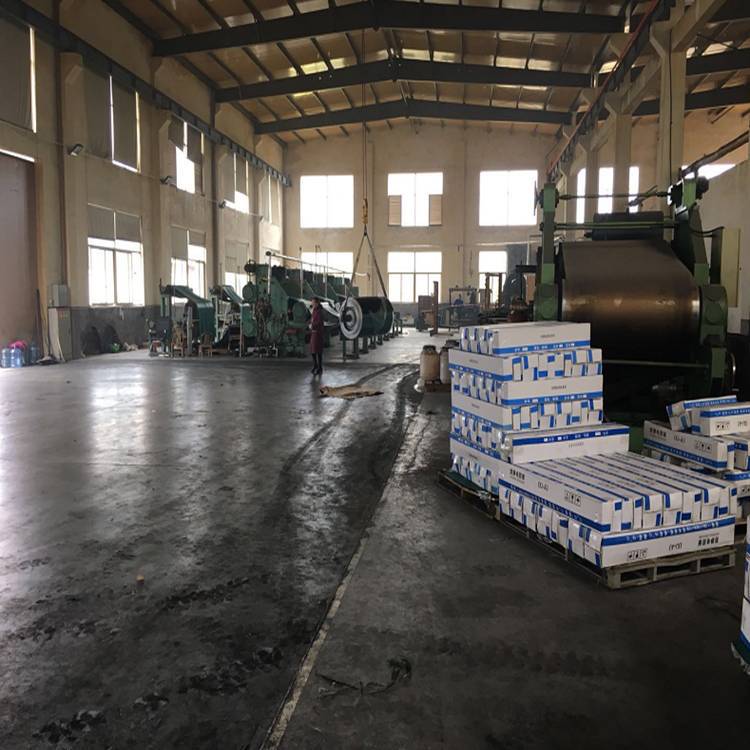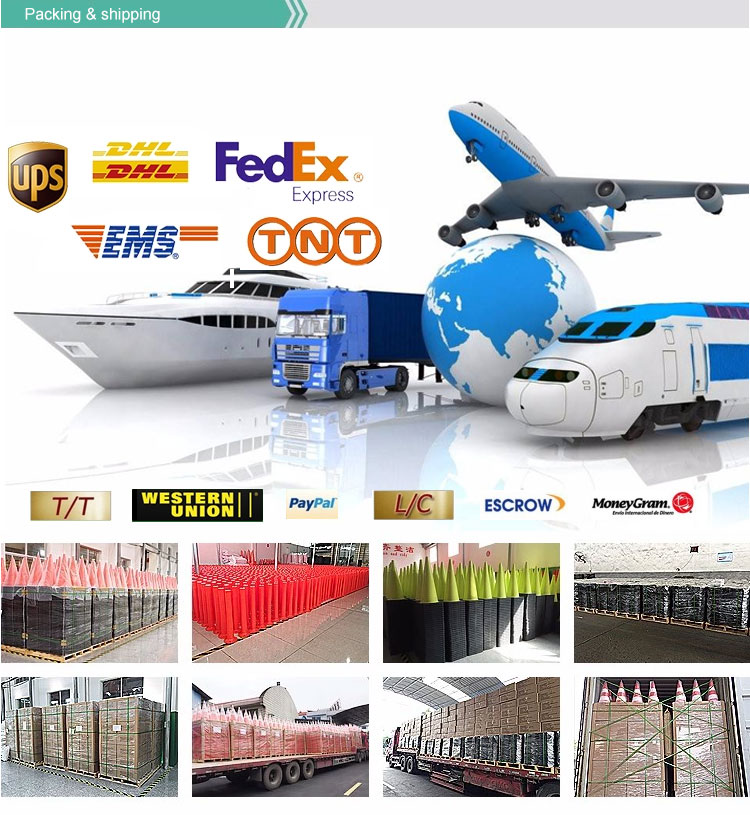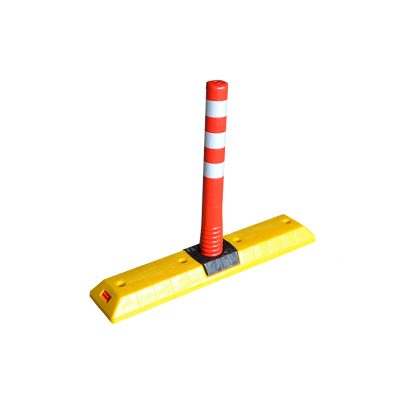
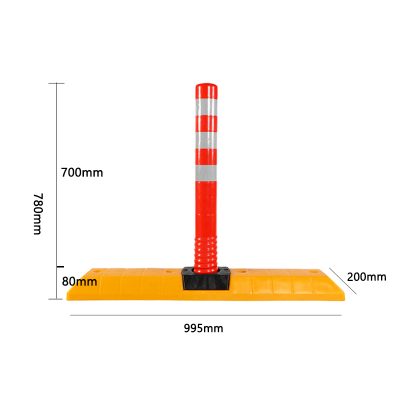
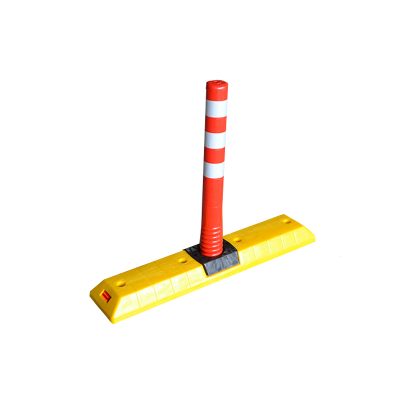
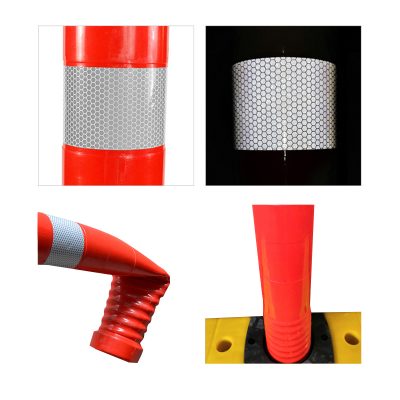
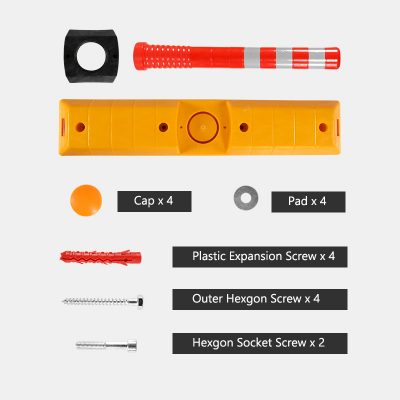
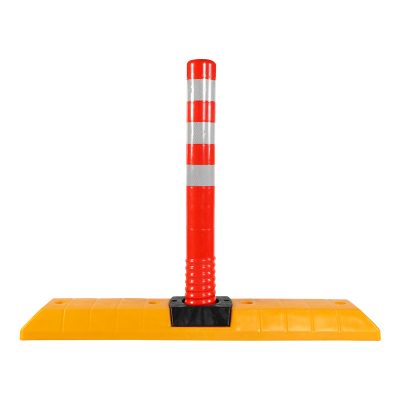
| Item Name | cheap fence posts |
| Material: | PVC |
| Type: | Flexible |
| Reflect size: | 3*21cm |
| Size: | hx113x4/5mm(3side) |
| Reflector Color: | white/yellow/red |
| weihgt: | 0.75kg/pcs |
| Packaging Quantity | 70pcs |
| MOQ: | 8pcs |
| Remark: | Height can be any lengh |
| Produce time: | 500-800pcs/day |
The English name of the delineator, Delineator, is a traffic safety facility set along the edges of both sides of the road, used to display the outline of the road boundary, guide vehicles to drive normally, and have retroreflective performance. From a functional point of view, the delineator is a kind of sight guidance facility. According to its setting conditions, it can be divided into two types: independent contour markers and attached contour markers. When there is no structure on the roadside, the outline is marked as a column, which is composed of a column and a retroreflector, and is independently set in the roadside soil shoulder. Its main structure is a triangular cross-section column; when there is a structure on the roadside, the outline is marked It is an attached type and consists of a retroreflector, a bracket and a connecting piece. Depending on the structure, the contour markers can be attached to the corrugated beam guardrail, concrete guardrail, tunnel side wall and cable guardrail respectively. The column contour mark is composed of a column and a reflective material. The column is a triangular section with rounded corners, and the top is oblique to the traffic lane. The cylinder body of the outline mark is white, and there should be a circle of black mark 250mm long on the upper part of the cylinder, and play a common protection for the vehicle and the pillar outline. In fact, due to cutting corners in materials, the effect is very unsatisfactory. There are many kinds of polymer elastomers as column materials, such as PU, TPE, TPR, EVA, etc., and PU is divided into polyester type and polyether type, but its mechanical properties are very different, and there are often The following indicators: Shore hardness, tensile strength, elongation at break. 100% strain stress. 300% strain stress. Compression ratio. Abrasion loss. Impact rebound rate. Resistance to tearing and spreading.
